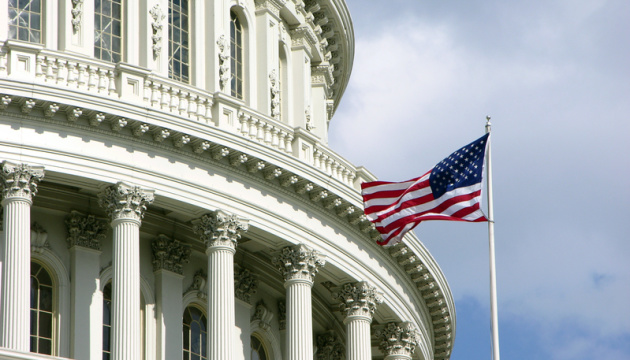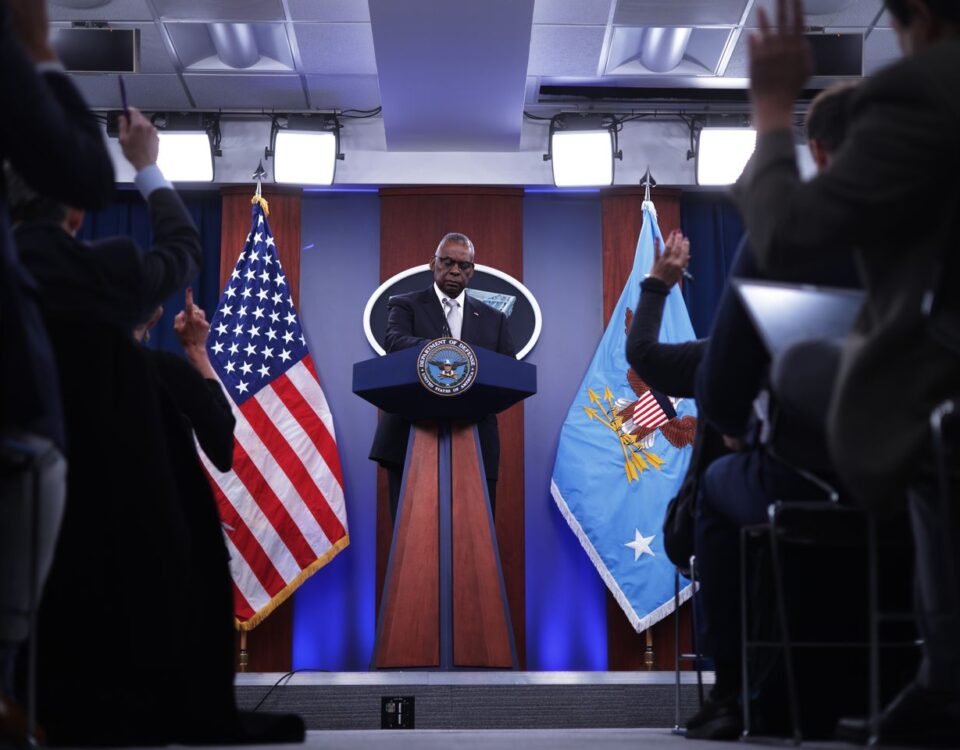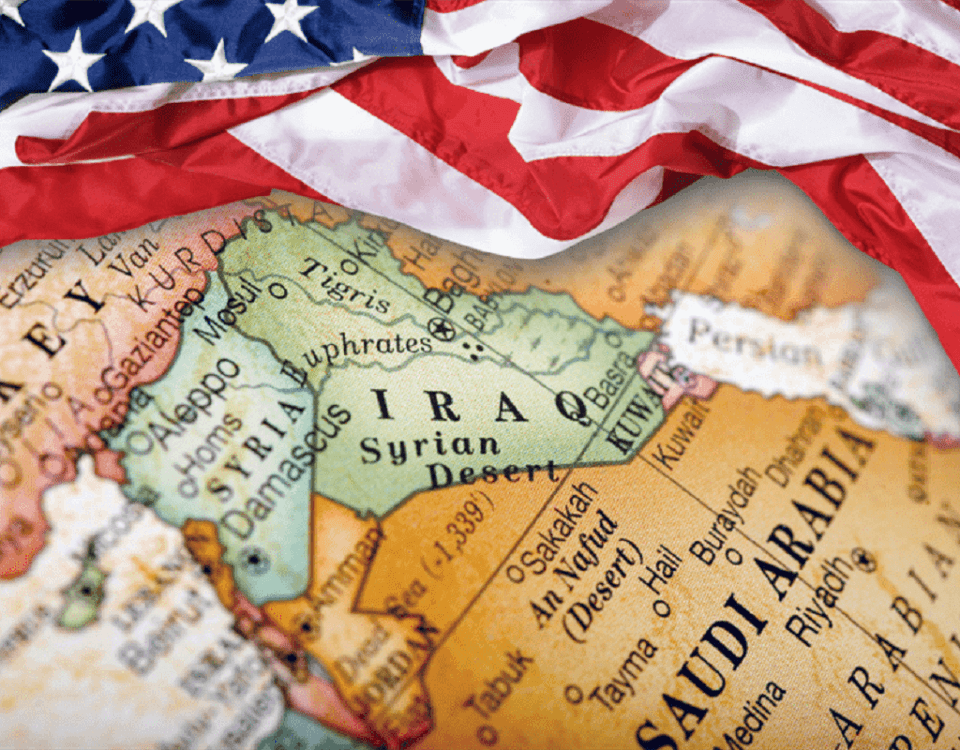
DPRK, Rapprochement in Asia and the Trump Administration
September 28, 2017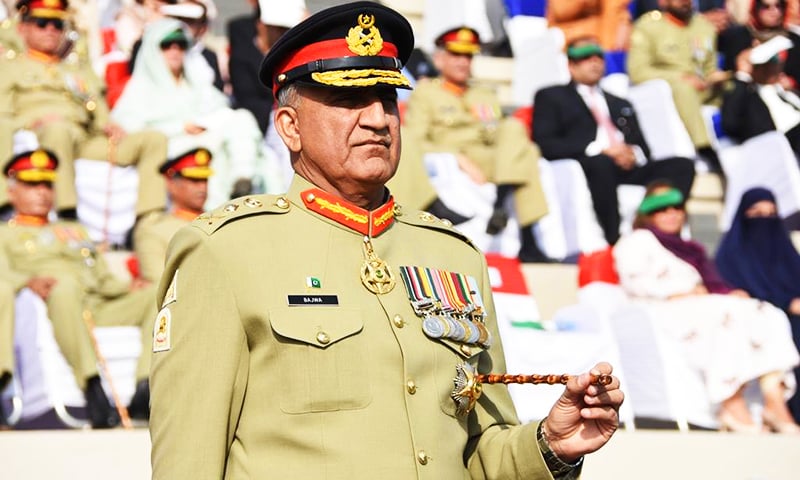
Govt should expand tax base to break ‘begging bowl’: COAS Bajwa
October 12, 2017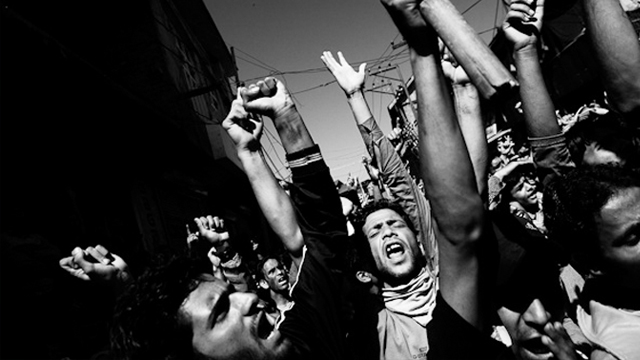
On September, 24th, 2017 at the United Nations General Assembly, Dr. Maleeha Lodhi, Pakistan’s Permanent Representative at the United Nations, showed a picture of 17-year old Rawya Abu Jom’a, a Palestinian girl, whose face had been ripped apart by injuries during the Israeli bombing of Gaza in 2014.
She exclaimed, “This, Mr. President, is the face of Indian democracy.” Expectedly, the Indian media took upon this ‘error’ with inflamed and enraged passion, churned the story on itself, claiming Pakistan had ‘falsified truth’ that the ‘move’ had ‘backfired’ – a gross ‘misrepresentation’ and took to its screens and media prowess to showcase the ‘mistake’ with voluminous reporting and breakneck frequency and repetition. Pakistan had lost, India had won; but the truth is – no one is actually winning, and the Kashmiris are losing, time and time again.
Can a picture, any picture, be greater than the supporting words, spoken with truth, firm conviction and based on facts and facts alone, be debased by a supposed error, and finally the real question:
Is the case of Rawya Abu Jom’a in Palestine any different from that of Insha Mushtaq of Srinagar?
The caveat: Dr. Maleeha Lodhi should have certainly chosen a picture of an actual Kashmiri girl blinded by an Indian pellet – but can one ‘misrepresented’ picture well and truly dissuade the International community from the cold, hard truth: In 2017 alone, Indian Security forces have fired 1.2 million pellets or 3,000 canisters and counting on protestors.
According to an article published by The Wire (wire.in) on 14th September, 2017:
“As per the records at Srinagar’s Shri Maharaja Hari Singh (SMHS) hospital, since July 2016, at least 1209 persons with pellet injuries in one or both eyes have been treated there. Of them, 77 have had both eyes severely damaged while 21 have lost sight in one eye. Besides those blinded the indiscriminate use of pellet guns have led to the deaths of 16 people and injured 7,000 others.”
On September 13th, 2017, Amnesty International released its report “Losing Sight in Kashmir: The Impact of Pellet Firing Shotguns” with visuals of pellet gun victims including 14-year old Kashmiri girl Insha, who while peering through her terrace, away from the demonstrators and the riot police, was hit by a pellet, which has permanently blinded her.
According to this report:
“In some cases, those injured by pellet-firing shotguns still have the metal pellets lodged in their skulls, near their eyes. Doctors have been afraid to remove the pellets, fearing that it will affect eyesight, but they are not sure what the long-term effects will be,” said Zahoor Wani, Senior Campaigner at Amnesty International India.”
This is not a new tactic employed by India, but it has surged as the report claims, and the use of pellets fired by pump-action shotguns has been in use since 2010.
“Security forces have used metal pellet-firing shotguns against protesters in the Kashmir valley since at least 2010. The shotguns fire a large number of small pellets spreading over a wide range. There is no way to control the trajectory or direction of the pellets, whose effects are therefore indiscriminate. By their very nature, the weapons have a high risk of causing serious and permanent injuries to the persons targeted as well as to others. These risks are virtually impossible to control.” – Losing Sight in Kashmir: The Impact of Pellet Firing Shotguns, Amnesty International
The Guardian in its article on 8th November, 2016 had asked a similar question in its title: “Crackdown in Kashmir: Is this the world’s first mass blinding?” Citing the violence in 2016, after the death of Hizbul-Mujahideen commander Bhurhan Wani, the article states:
“Children as young as four and five now have multiple pellets in their retinas, blinding them partially, or fully, for life. At the start of September, doctors at Kashmir’s main hospital reported that on average, one person had their eyes ruptured by pellets every other hour since 9 July. “It means 12 eye surgeries per day,” one doctor told a local newspaper. “It is shocking.”
The New York Times, in its article of August 28th, 2016 read “An epidemic of ‘Dead Eyes’ in Kashmir as India uses pellet guns on victims.”
Referring to the newspapers conversation with Dr. S. Natarajan in Srinagar, the article states that ophthalmologists in Kashmir call the pellet-gun victims and their immediate loss of eyesight caused by pellets as “dead eyes” and further states that the patients have “mutilated retinas, severed optic nerves, irises seeping out like puddles of ink” to describe the sheer horror and grotesque nature of the injury that doctors have to treat on a daily basis in Indian Administered Kashmir.
Conflicts anywhere in the world are signalled by brutality. In recent memory, humanity has seen the darker, ugly side of evil erupt time and again, in the shape of the violence in Iraq, Syria, and other parts of the Middle East, to the rise of ISIS and terrorism in Europe, and even the killing of innocent concert-goers in Las Vegas – it is inexplicable how man can reach such standards of inhumanity, be it the killing and raping of Rohingya Muslims in Burma or various conflicts in Africa which employs brainwashed child-soldiers, men chaffing and dismembering limbs or the vicious suicide attacks in Pakistan, where men plant bombs on themselves are erupt in a sea of blood of the innocent men and women hurrying towards daily tasks.
What Dr. Maleeha Lodhi was representing or as the Indian media would have us believe, misrepresented, was merely one picture, or one demonstration of an innocent victim of terrorism. It could well be a picture of a small child lying dead on the beaches of Europe, or a young girl gutted down by automatic weapons in a concert in America.
The underlying message is the inhumanity of war, genocide and conflict and use of pellets on men, women and children, virtual ‘non-combatants’ in a conflict-ridden zone, it is a call to arms to stop the use of such weapons that cause mass blindness or as the doctor in Srinagar put it, ‘dead eyes’ – a horrible term coined by an even more harrowing conflict that since 1989, has caused 70,000 dead in Indian Administered Kashmir.
In the end, Dr. Lodhi, spoke about the criminal nature of war itself, and through her emphatic words and picture of a young girl bruised, physically and emotionally, called upon the collective conscience of the International community, and that of India, to stop its brutal oppression and use of pellets on the innocent men, women and children of Kashmir.

Writer
Aly NaseerAly Naseer is a policy analyst with a background in political science, economics and international relations. He is based in Islamabad. He tweets: @alynaseer


